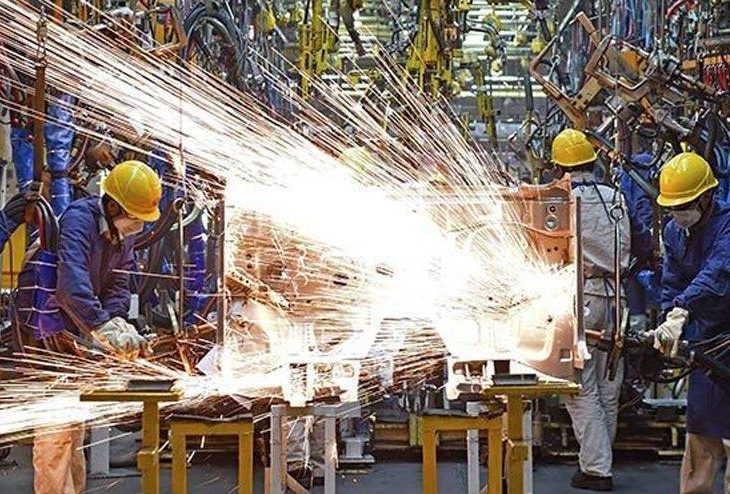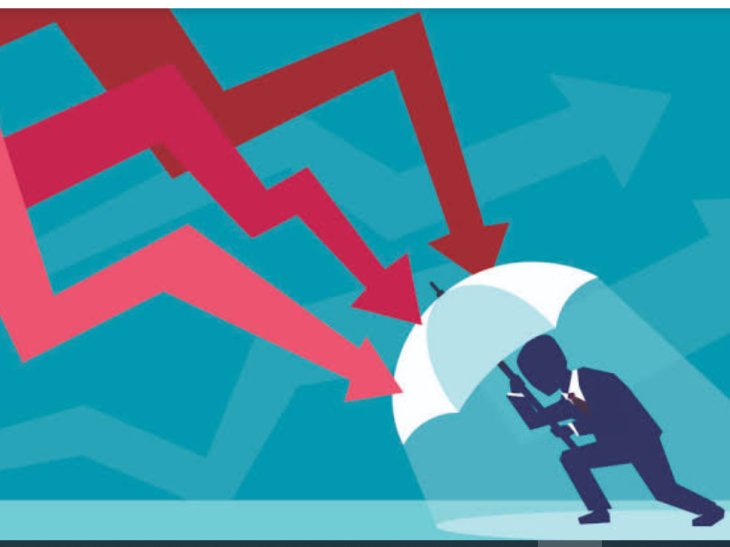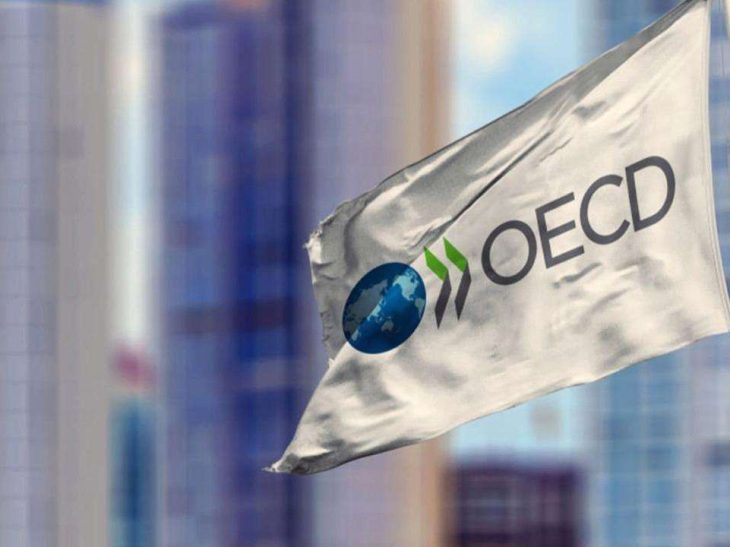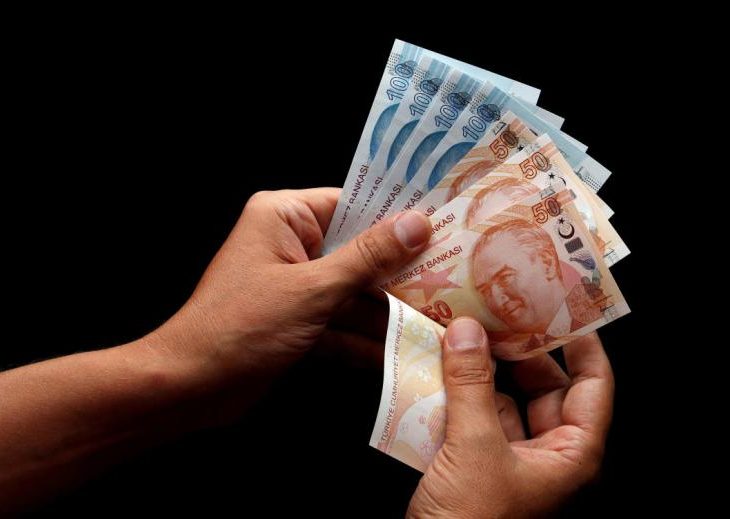Prof. Fatih Özatay: Mistakes made in the fight against inflation
 inflation
inflation
TurkStat announced October inflation: 48.6 percent annually and 2.88 percent monthly. The Istanbul Chamber of Commerce (ITO) announced at the end of last week that the annual inflation measured by the Istanbul Wage Earners’ Livelihood Index was 59.1 percent and the monthly inflation was 3.6 percent.
When TurkStat announces seasonally adjusted inflation, we will see that the announced value will remain below 2.88 percent. It will probably be slightly above 2 percent. Even if it does not fall to the 1.5 percent level that the Central Bank wants, it will not be too high. Both the ITO and TURKSTAT inflation figures are well above their values in June 2023, when the current incomplete economic program started to be implemented.
At that time, the annual inflation rate announced by TurkStat was 38.2 percent, while that announced by the ITO was 55.2 percent. The graph shows the movements in both inflation rates and the development of the annual commercial loan rate since June 2023.
Why did this happen? There are two main reasons.
The first reason is that the program was based mainly on interest rate hikes and credit limitations. To some extent, measures were taken to prevent the budget deficit from reaching dangerous levels. But the procurement law, which added to the burden on the budget, was not changed. Taxes on high income groups have not been increased. Failure to scrutinize the feasibility reports and tenders that led to high revenue guarantees for Public Private Partnership (PPP) projects. Steps have not been taken to allay suspicions that the program will be cut short: For example, the decree allowing the Central Bank Governor to be dismissed at will has not been lifted. No structural changes have been made to increase confidence in the statistics released by the Turkish Statistical Institute. More fundamentally, the creation of a fair and fast legal system was not even considered.
Second, the policy rate was raised very gradually. It was raised from 8.5 percent to 15 percent in June 2023. Every MPC meeting after 2023 saw a rate hike. At the December meeting, it was raised to 42.5 percent. The policy rate reached its current level of 50 percent at the March 2024 meeting: Too late.
Moreover, for a significant part of this period, the Central Bank temporarily bought foreign currency from banks through swap auctions and gave them TL in return. Since the interest rate in these auctions was valid for up to three months, it was well below the policy rate. As a result, loan rates rose very gradually. The commercial loan rates reached the levels necessary to fight inflation only in the spring of 2024. Especially in the first months after the program was launched, the exchange rate jumped tremendously and, of course, so did inflation.
If the policy rate had been raised in a few meetings without such a time lag, inflation and the exchange rate would not have jumped so much, nor would there have been a need for such high lending rates later on. Still, it is worth noting this. If it is not cut in half, even with this rather incomplete program, we will see annual inflation continue the downward trend of recent months. By the end of 2025, however, annual inflation will be significantly higher than the MTP forecast. Moreover, since no steps are likely to be taken to address the shortcomings of the program, the disinflation will largely be achieved by reducing the incomes of workers and pensioners against inflation.






